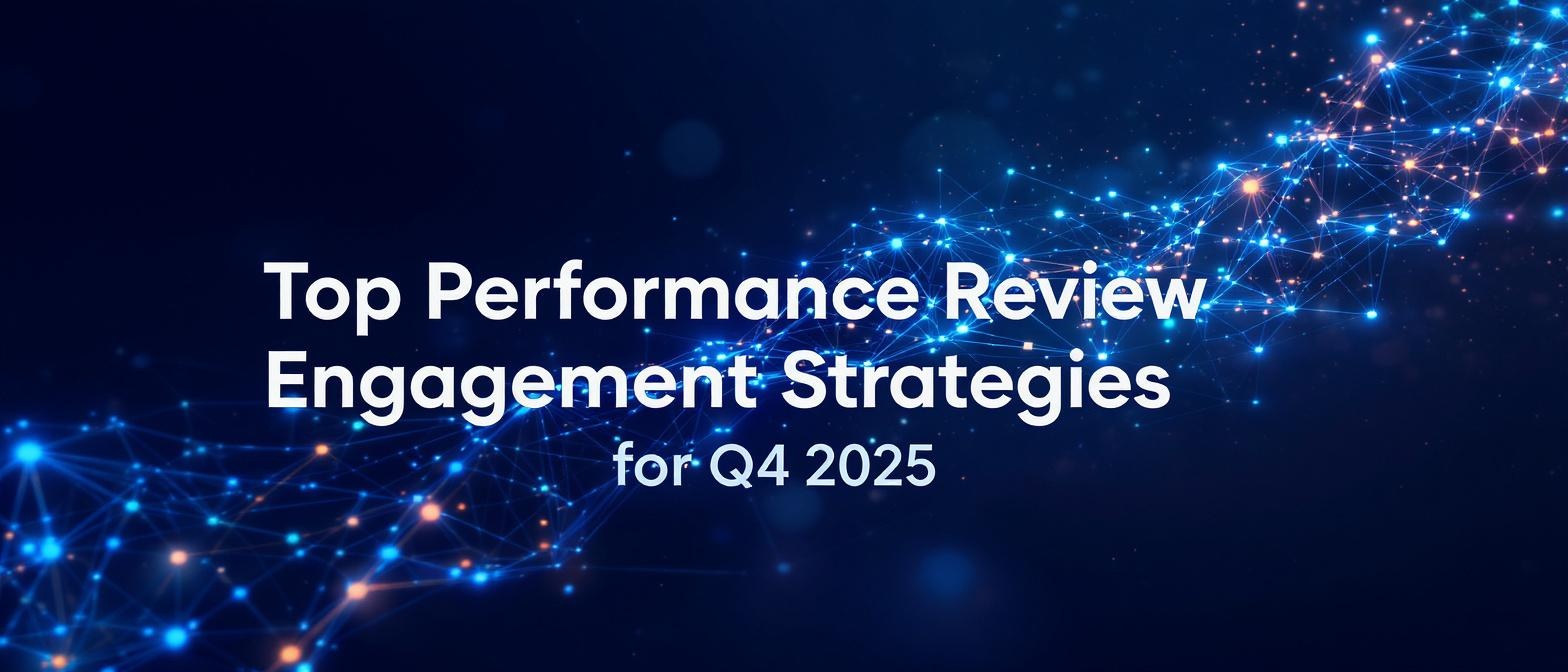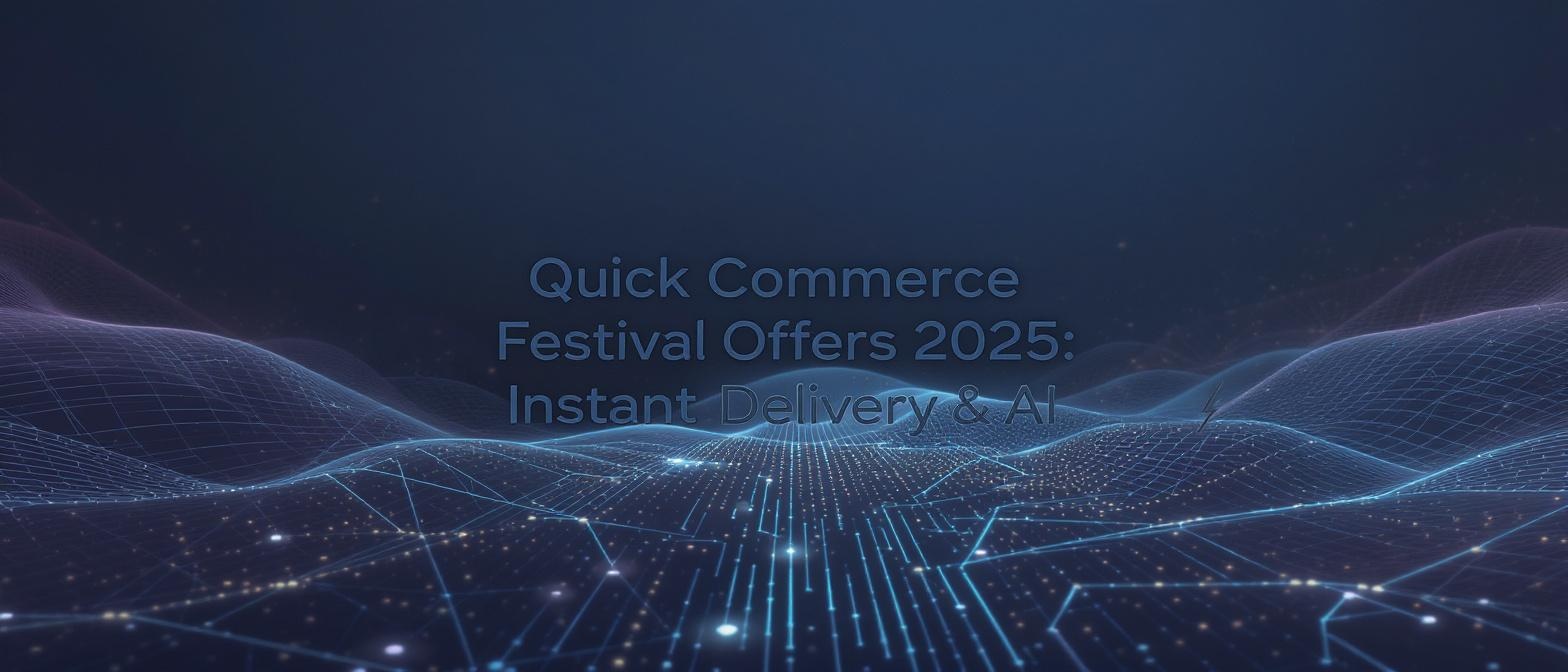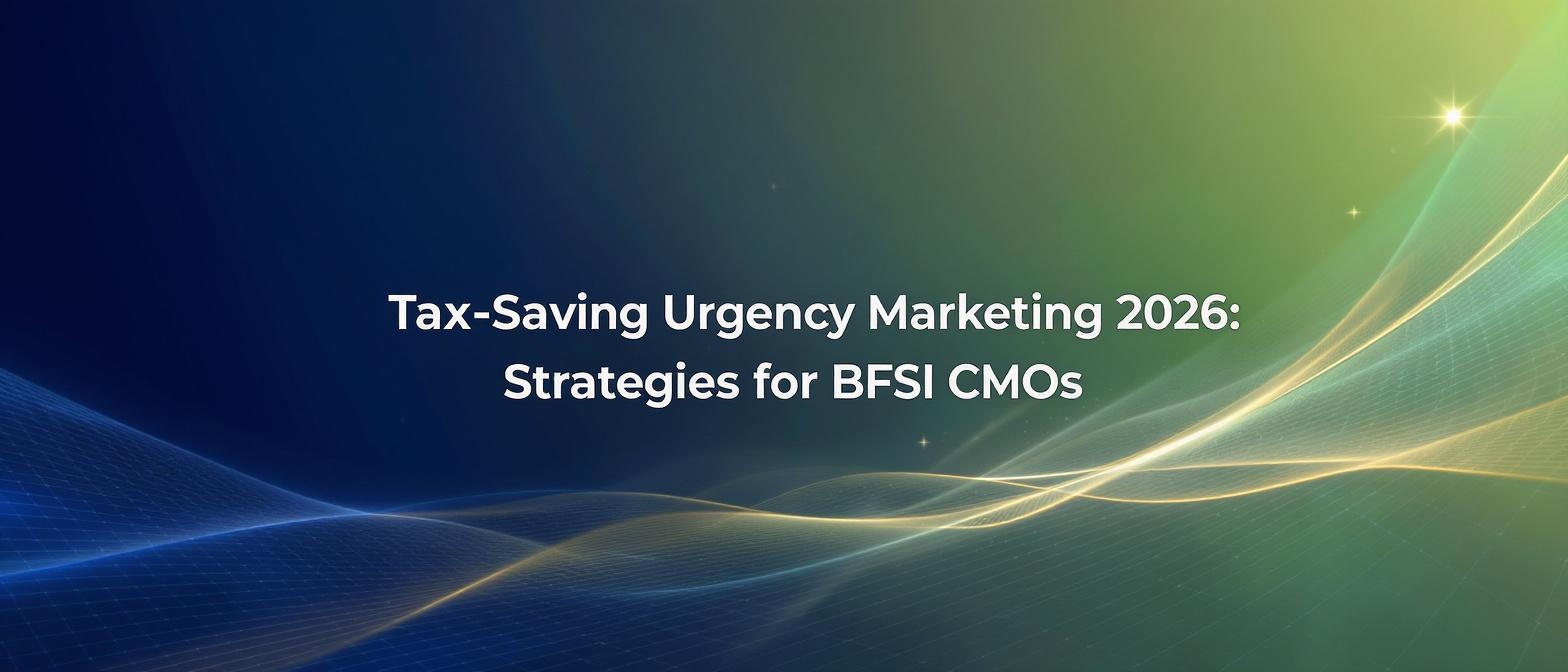Top Performance Review Engagement Strategies for Q4 2025: Personalization, Automation & Scale
Estimated reading time: ~11 minutes
Key Takeaways
- Q4 performance reviews can be transformed into a meaningful engagement tool with personalization and automation.
- Continuous communication through multi-channel campaigns primes employees for a constructive review cycle.
- Combining human-centric feedback with AI-driven insights maximizes employee buy-in.
- Scalable technology solutions ensure timely recognition and targeted retention strategies.
Meta Description: Supercharge your Q4 employee communication campaigns with leading performance review engagement strategies. Discover how annual review personalization, AI, and automation can boost retention and morale in 2025.
The Strategic Imperative of Performance Review Engagement
As the final quarter of 2025 approaches, large Indian enterprises are gearing up for the monumental task of annual performance reviews. This period is no longer a mere administrative hurdle; it’s a critical inflection point for employee morale, motivation, and long-term retention. Performance review engagement strategies are the systematic use of tailored communication, technology, and feedback loops designed to maximize employee buy-in and transform this annual ritual into a powerful catalyst for growth.
The stakes are incredibly high. For organizations navigating a competitive talent landscape, Q4 is a peak period that demands scalable solutions capable of delivering feedback with high relevance and genuine emotional impact. As Gallup’s research consistently shows, engagement is directly tied to loyalty. Their 2024 findings underscore this, revealing that “Engaged employees are 59% less likely to look for a new job.” Effective Q4 employee communication campaigns are therefore not just about process—they are about securing your most valuable assets. This guide unpacks the strategies that blend personalization, automation, and scale to drive meaningful employee retention during reviews.
Source: Gallup Workplace
Section 1: The Disengagement Crisis of Traditional Performance Reviews
For decades, the legacy performance review has been a fixture of corporate life: an annual, form-based process delivering one-size-fits-all feedback. While intended to be constructive, this outdated model often backfires, creating confusion and anxiety rather than clarity and motivation. The core issues are deeply rooted in its impersonal and infrequent nature, making it one of the weakest links in modern performance review engagement strategies.
Three fundamental problems plague this traditional approach:
- Generic and Uninspiring Feedback: When feedback is standardized, it loses its power. Vague comments fail to resonate on a personal level, leading to significant disengagement. In fact, studies show this generic approach contributes to a 25% disengagement rate in major Indian firms.
- Crippling Logistical Bottlenecks: During Q4, HR teams are inundated with processing thousands of reviews. Without robust automation, this manual effort becomes overwhelming. A simple spreadsheet-based system becomes technically unmanageable for any organization with over 500 employees, leading to delays, errors, and immense administrative burnout.
- Lack of Real-Time Recognition: The annual nature of legacy reviews means achievements from earlier in the year are often overlooked. This lack of timely acknowledgment causes employees to perceive the entire process as a hollow, ritualistic exercise, undermining any attempt at performance cycle engagement enhancement.
Ultimately, these challenges prevent traditional reviews from fostering genuine employee retention during reviews, instead turning a critical touchpoint into a source of friction.
Source: Soteria HR
Section 2: Priming the Pump with Q4 Employee Communication Campaigns
To counteract the inertia of traditional reviews, forward-thinking organizations deploy strategic Q4 employee communication campaigns. These are not simple email reminders; they are coordinated, multi-channel initiatives designed to prime employees for a constructive and collaborative review experience. By using channels like email, intranet banners, and Slack/Teams notifications, HR leaders can set the stage for success long before the first review meeting.
A well-structured campaign includes several key components:
- Anticipatory Content: Two weeks before the review window opens, build excitement and clarity with teaser videos from leadership and clear calendar invites. This preempts anxiety and frames the process as a positive, forward-looking conversation.
- Automated Guidance: Implement an automated drip email series that shares best-practice tips, goal-setting templates, and articles on giving and receiving feedback. This empowers both managers and employees to participate more effectively.
- Regionalized Messaging: For distributed teams, simple CRM segmentation allows for tailored communications. An office-wise workflow can deliver messages that acknowledge local holidays or team-specific milestones, enhancing relevance.
The impact is significant. According to Hallmark Business, “Targeted Q4 campaigns improve review completion rates by up to 30%.” This proves that proactive communication is essential for driving performance cycle engagement enhancement and creating scalable performance review communications.
Source: Hallmark Business
Section 3: The Pillars of Modern Engagement: Data, Dialogue, and Development
Moving beyond communication campaigns, modern performance review engagement strategies are built on a foundation of continuous dialogue and data transparency. The annual review becomes the culmination of an ongoing conversation, not the start of one. This shift requires embedding new habits and tools into the workflow.
Here are the essential strategies for HR leaders to champion:
- Collaborative Goal-Setting: Abandon top-down directives. Instead, use the SMART (Specific, Measurable, Achievable, Relevant, Time-bound) framework to set objectives that are clearly tied to team OKRs (Objectives and Key Results). This creates a direct line of sight between individual contributions and company success.
- Milestone-Based Check-ins: Replace the annual review bottleneck with brief, 15-minute manager-employee syncs at 30-, 60-, and 90-day intervals. These agile check-ins focus on progress, roadblocks, and real-time adjustments.
- Transparent Data Dashboards: Empower employees with ownership over their performance. Using real-time Business Intelligence (BI) tools to display progress against KPIs removes ambiguity and fosters a culture of accountability.
- Continuous Coaching and Feedback: Integrate pulse surveys mid-cycle to gauge sentiment and identify coaching opportunities. This provides a mechanism for continuous performance cycle engagement enhancement and builds trust.
These methods transform the review process from a judgment day into a developmental journey, fostering a culture where personalized manager feedback systems and annual review personalization are the norms.
Source: PeopleStrong
Section 4: The Power Couple: Annual Review Personalization & Automation
The true revolution in performance management lies at the intersection of personalization and automation. Annual review personalization is the practice of customizing feedback, goals, and recognition to each employee’s unique role, tenure, and performance history. While this sounds resource-intensive, modern technology makes it possible at an unprecedented scale.
Here are the key technology enablers driving this change:
- HR Video Messaging Automation: Imagine a manager sending a 60-second video message to every team member. Using APIs, platforms can auto-generate these videos, allowing a leader to address an employee by name, reference specific project highlights, and outline exciting next-year targets—all without recording hundreds of individual clips.
- AI-Driven Sentiment Analysis: To ensure feedback is constructive, AI tools can automatically analyze and tag text for tone. Phrases like “demonstrated strong initiative” or “needs improvement in collaboration” can be categorized to help managers deliver more balanced and effective messaging.
A powerful tech stack for this might involve integrating a solution via an API for video personalization with a core HRIS like Workday or SAP SuccessFactors. A webhook can trigger a notification once an employee has viewed their personalized video, closing the communication loop. The efficiency gains are massive. PerformYard data shows that “AI-enabled review automation reduces admin time by 40%,” freeing up HR and managers to focus on high-value conversations. This is the future of personalized manager feedback systems and HR video messaging automation.
Source: PerformYard
Section 5: The HR Tech Landscape in 2025: Modular, Multilingual, and Secure
The HR personalization technology 2025 landscape is defined by agility and intelligence. Gone are the days of monolithic, inflexible systems. Today’s leaders are adopting modular, cloud-native platforms that offer plug-and-play solutions for video, surveys, and analytics. This allows organizations to build a bespoke tech stack that perfectly fits their needs. TrueFan AI enables enterprises to integrate powerful generative AI capabilities directly into their existing workflows.
Key trends shaping HR technology in India for 2025 include:
- Pervasive AI Automation: From scheduling meetings to drafting initial feedback, AI is handling the administrative load.
- Hyper-Personalization: Communications are tailored down to the individual level, reflecting an employee’s specific journey and contributions.
- Multilingual Support: For a diverse workforce, the ability to communicate in an employee’s native language is no longer a luxury but a necessity for inclusion.
A prime example of this technological sophistication is the 175-language video localization pipeline. This process uses advanced voice-cloning and diffusion-based reanimation to create perfectly lip-synced videos in multiple languages from a single source file, ensuring scalable performance review communications that resonate globally. Crucially, this innovation is built on a foundation of security. Leading platforms are compliant with ISO 27001 and SOC 2 standards, guaranteeing that sensitive employee data is protected at all times.
Source: GoFloww
Section 6: Driving Engagement at Scale: TrueFan’s Enterprise Capabilities
Executing hyper-personalized performance review engagement strategies for thousands of employees requires a robust technological backbone. This is where advanced generative AI platforms provide a distinct competitive advantage, transforming communication from a mass broadcast into a meaningful one-on-one interaction.
Here’s how market-leading enterprise solutions achieve this:
- Hyper-Personalization at Scale via API: A powerful API allows for the dynamic insertion of employee-specific data into video templates. Simple JSON input fields, such as p1_text for an employee’s name or p2_image for a project-specific visual, are mapped onto a master video, creating thousands of unique variants automatically.
- Virtual Reshoots & AI Editing: The need for costly and time-consuming reshoots is eliminated. AI can alter the script and generate new, perfectly synced lip movements, allowing HR to A/B test messages or update goals without recalling leadership to the studio.
- Seamless Multilingual Localization: With dynamic lip-sync capabilities, a single video can be rendered in Hindi, Tamil, Bengali, English, and dozens of other languages, ensuring every employee feels seen and understood.
- Custom AI Integrations: The most advanced platforms can pull data directly from other business systems. For example, performance metrics like sales numbers or completed training modules can be pulled from a CRM and embedded directly into the video script for ultimate personalization.
The real-world impact of this technology is staggering:
- Zomato’s Mother’s Day Campaign: Generated 354,000 unique personalized videos in a single day, creating a viral wave of brand loyalty.
- Goibibo’s Travel Nudges: Achieved a 17% lift in WhatsApp read rates by sending personalized video reminders from a celebrity.
These examples showcase how scalable performance review communications can be used to generate employee performance recognition videos that are both emotionally resonant and operationally efficient.
Section 7: The Emotional Impact of Automated Employee Recognition Videos
Recognition is one of the most powerful—and often underutilized—tools for driving engagement. When praise is specific, timely, and delivered with genuine emotion, it creates a lasting positive impact. Employee performance recognition videos are short, personalized clips that celebrate top contributors, milestone anniversaries, or innovation awards, and automation is making them easier to deploy than ever.
The key to their effectiveness is emotional design. A simple three-point script template works wonders:
- Personalized Greeting: Address the employee by name and mention their department or team.
- Specific Achievement Highlight: Clearly state the accomplishment and its impact on the business.
- Forward-Looking Call to Action: Encourage them to continue their great work or take on the next challenge.
This process can be fully automated. For instance, a webhook from Salesforce can trigger a personalized video from the CEO the moment a sales representative closes a major deal. This immediate reinforcement is incredibly motivating. Gallup’s research confirms this, finding that employees who receive prompt recognition show a 50% increase in discretionary effort. TrueFan AI’s 175+ language support and Personalised Celebrity Videos can amplify this effect, making recognition feel like a truly special event. By leveraging HR video messaging automation, organizations can build a culture where appreciation is a constant, driving higher performance and loyalty.
Section 8: Designing Scalable Performance Review Communication Solutions
For a large enterprise, a one-size-fits-all communication strategy is doomed to fail. Scalable performance review communications require a tiered delivery model that matches the level of personalization to the audience, ensuring resources are allocated for maximum impact while still reaching every employee.
A best-practice tiered approach looks like this:
- Tier 1 (Executives & Top Performers): High-touch engagement, including 1-on-1 video calls with senior leadership supplemented by a personalized summary video.
- Tier 2 (Mid-Managers & High-Potentials): A blend of personal and automated communication, such as pre-recorded manager videos with editable text blocks for specific feedback.
- Tier 3 (All Staff): Broad-scale automated communication, including generic milestone videos that celebrate team-wide achievements, paired with text-based performance highlights.
The technical implementation of this model relies on a fast and flexible API. Real-time rendering capabilities (under 30 seconds per video) allow these assets to be embedded seamlessly into intranet portals, emails, or even sent directly via the WhatsApp Business API. Solutions like TrueFan AI demonstrate ROI through built-in analytics dashboards that track key metrics like view rate, watch time, and sentiment. This data allows HR teams to measure the effectiveness of their performance cycle engagement enhancement efforts and refine their strategy for even greater impact. This is how HR personalization technology 2025 delivers both scale and substance.
Section 9: Locking in Loyalty: Employee Retention Strategies During Reviews
The performance review period can be a high-stakes time for talent retention. A poorly handled review can be the final push that sends a valuable employee looking for new opportunities. Therefore, defining employee retention during reviews as the combined effect of meaningful feedback, powerful recognition, and transparent career-pathing conversations is crucial.
Effective retention tactics to deploy during the review cycle include:
- Proactive Retention Nudges: Use data to identify employees at risk of disengagement. Send them personalized videos from their manager at critical moments, with messages like, “Your contributions to the Phoenix project have been vital, and we’re excited about your future here.”
- Personalized Development Paths: Based on the skill-gap analysis from the review, automatically offer employees enrollment in relevant micro-learning courses to support their growth.
- Immediate Post-Review Pulse Surveys: Capture sentiment right after review conversations. This provides invaluable, real-time feedback on the effectiveness of your managers and the overall process, allowing for rapid adjustments.
The data supports this proactive approach. According to Cerkl, “Companies with high review-based recognition see 23% lower turnover.” By integrating these retention-focused tactics into your performance review engagement strategies, you can transform the review cycle from a risk into a powerful tool for solidifying loyalty and securing your top talent.
Source: Cerkl
Conclusion & Future Outlook: The New Era of Performance Engagement
The verdict is in: generic, top-down performance reviews are a relic of the past. The future of employee engagement is built on a sophisticated blend of personalization, automation, and scalability. As we look toward Q4 2025 and beyond, the performance review engagement strategies that will win are those that leverage technology to create authentic, human-centric experiences. The ability to communicate with every employee in a way that feels personal and meaningful is no longer a futuristic vision—it’s a present-day necessity.
By 2026, we can expect hyper-personalized videos and AI-driven feedback systems to become table stakes for enterprise HR. Organizations that delay this transformation risk falling behind in the war for talent. The time to act is now. We encourage HR leaders to begin by piloting a platform with a small employee segment. Use real-time analytics to measure the impact, iterate on the approach, and build a powerful business case for a full-scale rollout. Embrace the power of HR personalization technology 2025 to create scalable performance review communications that don’t just measure performance but actively inspire it.
Frequently Asked Questions
1. What is the single most important change we can make to our performance review process for Q4?
The most impactful change is shifting from an annual, administrative event to a continuous conversation supported by technology. Implementing quarterly check-ins and using automated, personalized videos for recognition can dramatically boost engagement without overwhelming your HR team.
2. How can we ensure personalized video messages feel authentic and not robotic?
Authenticity comes from specificity. A great video message should reference a concrete achievement or a specific skill the employee demonstrated. The technology handles the delivery, but the content should be rooted in genuine appreciation and data pulled from their performance.
3. Is it expensive to implement HR video messaging automation?
The ROI is often significant when you consider the cost of employee turnover and the administrative hours saved. Modern platforms offer scalable pricing models. For instance, a campaign generating thousands of videos can have a per-video cost that is far lower than traditional communication methods.
4. Our workforce is spread across India and speaks multiple languages. How can we manage this?
This is a perfect use case for advanced HR technology. Platforms like TrueFan AI offer localization in over 175 languages, using AI to create perfect lip-sync and voice cloning. This ensures your message lands with the same impact in Hindi, Tamil, or English, fostering a truly inclusive culture.
5. How do we measure the success of these new performance review engagement strategies?
Success can be measured through a combination of quantitative and qualitative data. Track metrics like employee turnover rates post-review, promotion velocity, and completion rates of development courses. Supplement this with qualitative data from pulse surveys that measure employee sentiment and perceived fairness of the review process.





